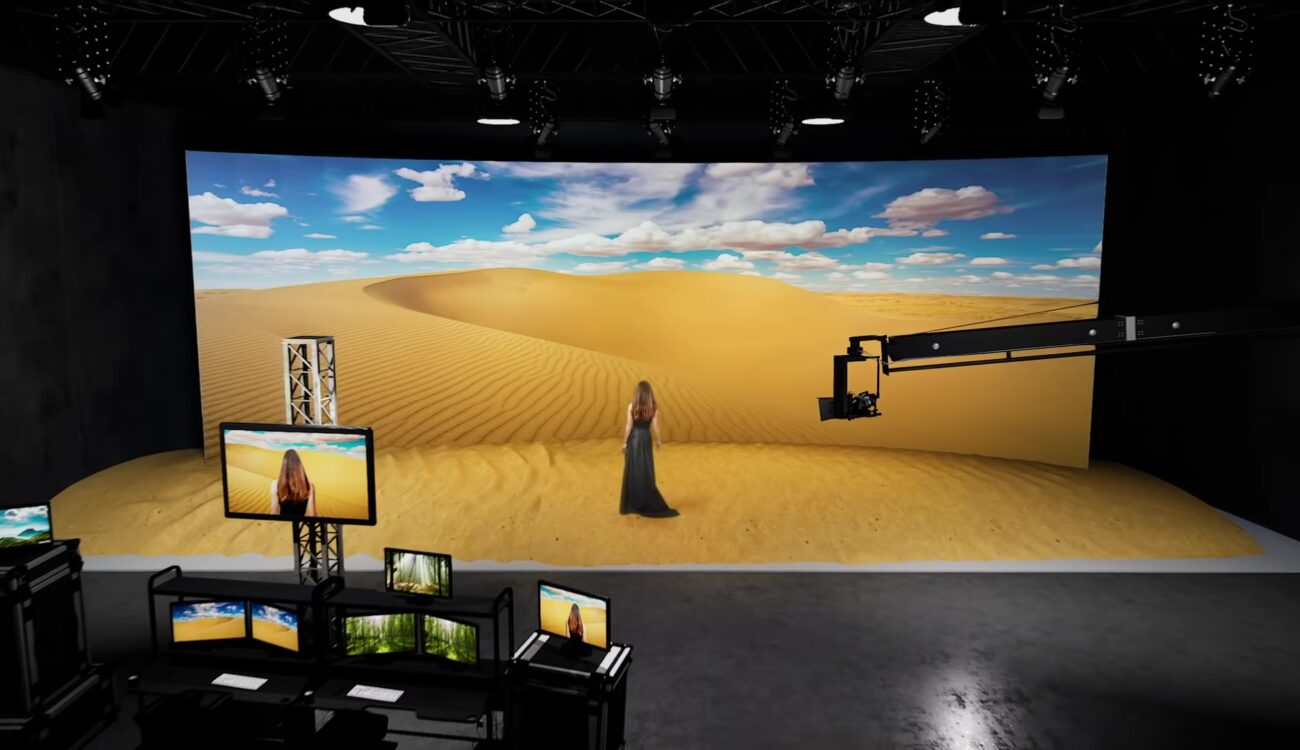Exploring the Diverse Integration Options Available for Light Emitting Diode Wall Modules
Exploring the Diverse Integration Options Available for Light Emitting Diode Wall Modules
Blog Article
LED wall panels have gained popularity for their ability to deliver crisp imagery in multiple settings, from corporate environments to entertainment venues. One of the most significant aspects of these panels is their connectivity options, which allow users to connect them to different devices and systems. Comprehending the broad input options supported for LED wall panels is vital for enhancing their use and effectiveness. This discussion details these options, highlighting how they can adapt to various needs and preferences.
One common interface approach for LED wall panels is High-Definition Multimedia Interface. High-Definition Multimedia Interface is widely known for transmitting high-quality video and audio streams between components. This interface type is particularly beneficial in business settings, such as conference rooms or training rooms, where presentations or video content are often shared. By using digital connectors, operators can easily connect laptops, projectors, and streaming devices to LED wall panels, guaranteeing a sharp and vibrant presentation of media.
Another popular connectivity method is DisplayPort, which is similar to High-Definition Multimedia Interface but offers additional advantages. DisplayPort can support elevated refresh rates and display outputs, making it an excellent choice for gaming or design-heavy applications. For those deploying Light Emitting Diode wall panels in environments where output quality is critical, such as competitive gaming venues or creative workspaces, DisplayPort can provide the necessary visual clarity. Moreover, many modern computers and graphics cards include Display Port connections, making it a practical option for tech-savvy professionals.
In contrast to High-Definition Multimedia Interface and DisplayPort, wireless connectivity methods are becoming progressively common in LED wall panel technology. Wireless interfaces allow operators to transmit content without the requirement for physical cables, promoting a cleaner and more adaptable configuration. Platforms such as Wi-Fi and Bluetooth enable users to connect smartphones, tablets, and laptops seamlessly to LED wall panels without cumbersome wires. This versatility is particularly advantageous in fast-paced environments like trade shows or events, where quick changes to displays are often required.
For extensive installations or more intricate setups, network connectivity through wired networking is another reliable solution. Ethernet connections provide a stable and reliable way to connect multiple Light Emitting Diode wall panels within a network. This setup is ideal for digital signage use cases found in retail centers or transport hubs, where multiple panels may need to present coordinated content across a broad area. By using Ethernet cables and network switches, users can ensure that all connected panels receive consistent updates and content seamlessly.
Finally, it's crucial to evaluate the evolution of connectivity with technologies such as USB-C and Thunderbolt 3. These newer connection types offer increased data transfer speeds and versatility by allowing one cable to handle both power delivery and data exchange. As more systems adopt these standards, LED wall panels equipped with USB-C ports will likely become more browse this site common. This evolution in connectivity not only enhances the functionality of LED wall panels but also aligns with the growing trend of minimalistic design in technology setups by reducing the number of cables needed.
In conclusion, exploring the diverse connectivity options available for LED wall panels reveals many possibilities for users across multiple industries. From traditional approaches like HDMI and DisplayPort to modern wireless solutions and network connections, each pathway serves specific functions suited to distinct needs. Furthermore, next-gen technologies like Universal Serial Bus-C offer further advancements in how users interact with LED wall go to the website panels. By understanding these integration alternatives, end-users can make strategic decisions that enhance their overall experience with these multifunctional visual solutions.